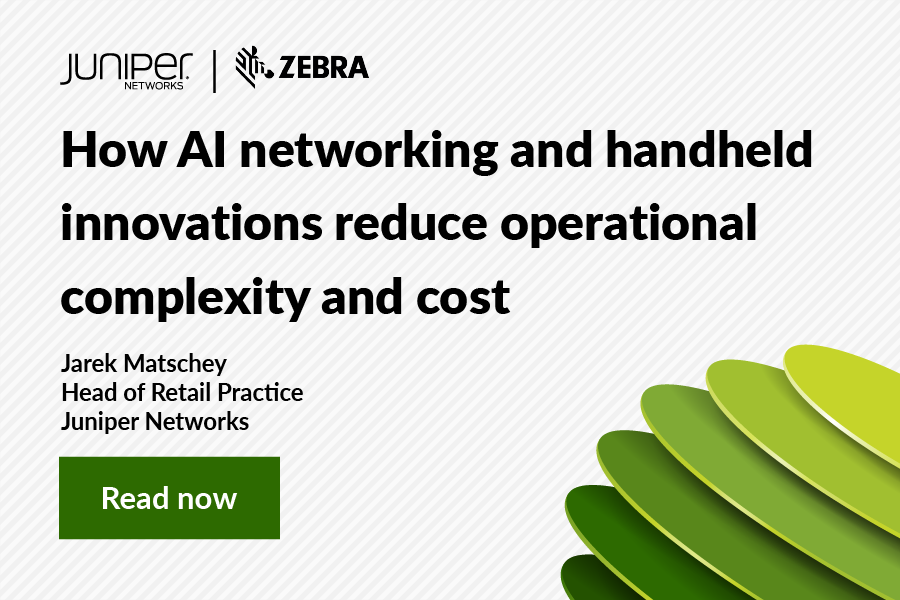Universities and College Networks are Under Huge Pressure
The demand for digital services continues to challenge network and operations teams across the higher education community. On average, every student coming to university or college brings between five and seven mobile or connected devices with them and each will add new apps and services throughout their years of attendance. This proliferation of mobile devices and mobile apps is placing a strain on campus IT .
Yet, service expectations have never been higher. There is no leeway when it comes to non-operational hours. Services must be always on and always be accessible due to the needs and expectations of students and staff, and the globalization of education, and collaboration. Downtime is unacceptable.
This burden of expectation is largely driven by the ability of prospects, students and parents to access and share comments, reviews and opinions relating to every campus service – including connectivity. If the all-important user experience is less than ideal, frustrated students will share their feelings and opinions through social media and the influential National Student Survey, or its equivalent. Furthermore, universities and college networks aren’t just being compared to one another, they are being measured against all networks. If an institution is to avoid negative coverage and receive positive peer reviews, every network experience needs to be first-rate.
Campus Networks are on an Unsustainable Trajectory
To meet demand and expectation, network evolution typically involves more and more layering. Which means more complexity and more stress on the system and its operators. This puts university networks and IT teams on an unsustainable trajectory, requiring additional resources to keep up and extra time to manage and maintain the network – all at a time when cost reductions are a priority. Sooner or later, something will have to give.
So how can higher education IT teams deliver user-centric services on a network that has not been designed and built for today’s demands?
Solve Problems Faster and at a Lower Cost
In the face of ever-tighter budgets, universities and colleges – like so many other organizations – must turn to artificial intelligence (AI), machine learning and data science. The Juniper AI-Driven Enterprise (embracing wired, wireless, and SD-WAN) delivers real AI technology that will automate repeatable (and repetitive) actions: reducing mean time to resolution (MTTR), removing human risk and reducing cost of operations.
However, automation goes much further than simply replicating routine tasks. The Juniper network, driven by Mist AI™, is intelligent and self-aware, recognizing when there’s a problem and then diagnosing the cause, prescribing a response, and remediating it – without human intervention.
The network recognizes when an individual is not getting a good experience. Juniper’s AI-driven Marvis Virtual Network Assistant identifies what happened, where, and what the root cause was. It also correlates events across the network, determining whether it’s looking at an isolated incident or if this is a wider issue likely to affect other users’ experiences too, perhaps due to a software update. Using intelligent, granular data on the root cause, it then automates the resolution or prescribes human actions for remediation.
For example, if a problem relates to a smartphone software upgrade, the Marvis Virtual Network Assistant will identify all the affected devices and automatically send an them an alert to the issue, or instructions for the user to follow to mitigate or remediate the problem.
This self-awareness and AI-driven intelligence enables the network to self-diagnose root causes and automate remediation in most instances. Where Marvis is unable to automate resolution, a full packet capture is placed in the cloud for simplified troubleshooting and diagnosis. Operational benefits come with reduced MTTR, lower operational costs, and improved user experiences. AI- driven intelligence goes beyond network issues and will identify mean time to innocence (MTTI), which is when the issue is not caused by the network but something else, such as DNS, a broken cable, a client device, or IoT equipment.
Thanks to years of continuous learning, Marvis also anticipates problems by recognizing warning signs and responding accordingly. This ability to automatically “find and fix” reduces trouble tickets dramatically and means that administrative helpdesk team members no longer have to keep referring problems to network engineers and technical resources. In fact, they can now do more to interrogate the network themselves, something they would have been previously unable to undertake, by asking Marvis to do it for them. Like Alexa, Marvis is built with a natural human language engine, which means a helpdesk administrator can simply ask “What’s wrong with…?” to get the answer.
A global helpdesk provider switched from using traditional networks to Juniper, enabling them to resolve issues automatically. This deployment resulted in a reduction in trouble tickets of over 80 percent. Over a few years, the ROI shows this move to be a wise strategic investment.
Juniper’s AI-driven network can even “prescribe” an experience for a user, using the appropriate parameters, to make sure they can access the network in the way they need to and achieve what they need to. This can play a valuable part in ensuring equality of experience and addressing technology poverty.
Reduce the Cost of Operation and Redeploy Valuable Resources
As network complexity and demand increases, colleges and universities with an AI-driven network won’t need to spend valuable budget on bringing in extra resources simply to keep pace. And as automation eliminates the need to put hours into mundane and repetitive routine tasks, technical staff will find themselves with more time available for proactive and more engaging tasks.
Delivering an enriched and differentiated digital experience relies on network capability and requires skilled and enthusiastic teams to innovate and deliver new services to attract future students and generate additional revenues. Instead of constantly battling to keep the lights on, IT teams can now invest their skills and energies into forward-thinking, creative projects that will make a positive impact on the student experience and deliver value for the university, such as location-based services and enhanced campus safety and security.
Build a Sustainable Network for the Future
The AI-driven network enables education institutions to deliver stronger and better network services to students, staff and academics. If the user experience is assured, the all-important positive peer reviews will be assured, too – student opinion plays a significant part in university selection.
Over the next decade, Juniper is taking customers on the journey to the self-driving, self-healing network. Deploying the AI-driven network will enable institutions to alter the currently unsustainable trajectory of their networks, leaving complexity and escalating operational costs behind.
Simplification, reduced costs and the delivery of new services for exceptional user experiences all depend on automation, AI and data science. It’s time to change course.
In Case You Missed It
The Juniper Higher Education Virtual Summit (90 minutes) is now available on demand.
Watch now for more information.

























